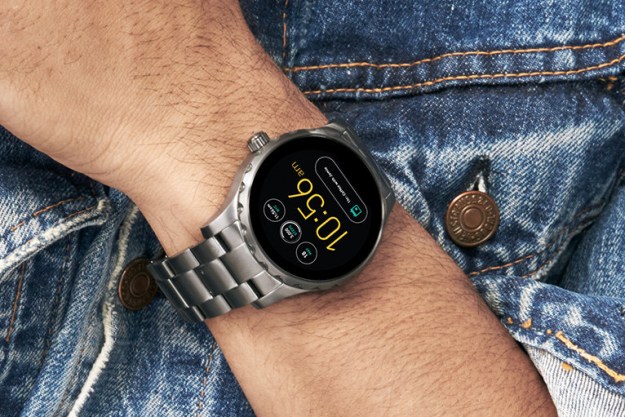
At the league’s board of governors meeting earlier this month, Parker explained how a person’s body temperature could be controlled on a computer through body sensors. It’s safe to assume that one article of athletic apparel Nike is planning to use these body sensors on will be NBA jerseys in 2017 when Nike will begin its service as the uniform provider of the NBA for eight years. Nike is paying $1 billion to become the NBA’s first apparel partner to have its logo on all on-court uniform designs.
Parker also promised the NBA owners that it would provide the Power Lacing technology the company unveiled to the world in the form of the Nike Mag. While it may be easier to put body sensors in jerseys when your company provides all the jerseys, there is no exclusive footwear deal with all NBA players. But if there were one, it would be with Nike. According to HoopsHype.com, over 73 percent of the shoe brands worn by players during the 2014-2015 NBA season were either Nike or Jordan Brand, a Nike subsidiary.
Nike’s business trajectory is aligning near perfectly with what appears to be the NBA’s aim to improve the game by knowing everything about the players. Last year, four teams in the NBA’s developmental league (D-League) outfitted players with small devices to be worn in games that tracked fatigue, body temperature, heart rate and more. Five NBA franchises during the 2013-2014 NBA season had players wear what is known as “the patch,” a skin-adhesive sensor worn on the torso which tracks everything from when a player tucks himself in to sleep to when he drinks himself into a stupor.
Even when teams are not on their players the teams are on their players with every NBA arena has set up with six military-grade cameras from tech firm SportsVU that captures every pick-and-roll, their fatigue levels, and everything in between.
Before you know it, you’ll be able to know just how tired Lebron James was when he missed the game-winning jump shot you ridiculed him over. Fun times.


